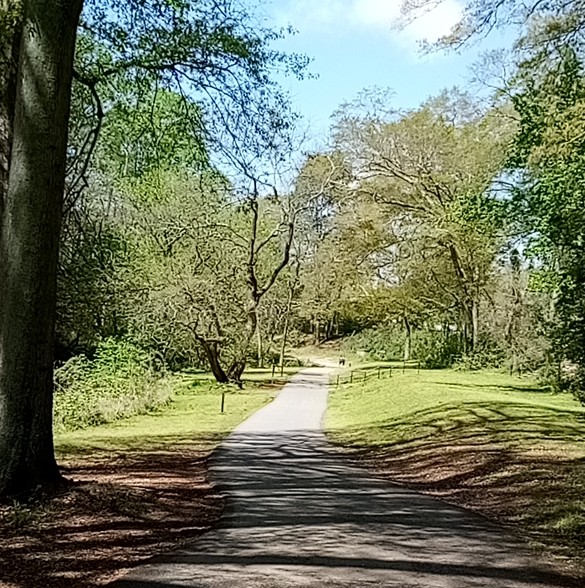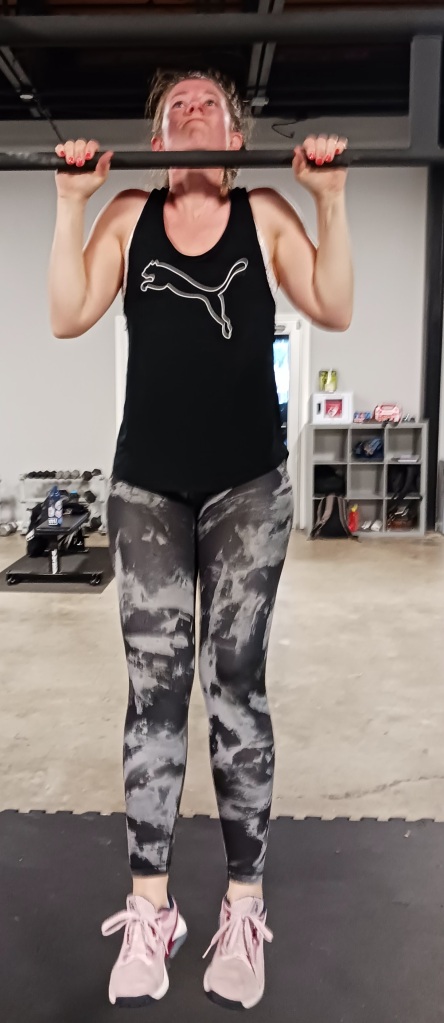June 26, 2023
The fastest routes from Greenville S.C., to Franklin County, Tenn., about six hours, are all interstate. You go either north, through Asheville and west past Knoxville, then southwest to I-24, or south through Atlanta, then northwest to Tennessee. The only direct east-west route is across winding state roads. We tried that once, tramping through the wilderness, South Carolina to Georgia then North Carolina to Tennessee just above Chattanooga.
The southern interstate route is about 40 miles shorter. We got lucky through Atlanta, navigating the beltway under 50 mph, but always moving. We broke free of the commuter slog and headed for the northern Georgia peaks, then past the Chickamauga battlefield.
Our mission was a memorial service for a departed cousin. She had lived in Michigan for many years but was determined to return to her parents’ resting place in Franklin County. It had been years since Sandy saw her, but we knew we would be there, for the husband and son, for all who loved her.
Lookout Mountain looms over Chattanooga just west and south of I-24. The wide Tennessee River rolls by the city. There’s an odd stretch where the highway leaves Tennessee and briefly reenters Georgia. It then crosses spectacular Nickajack Lake, which is a broad place on the Tennessee as it winds up from Alabama. The terrain grows rugged across this remote, majestic corner of the state. The highway then starts a seven-mile rise around hair-raising turns into Monteagle.

Monteagle isn’t much of a place. It was a way station along the Trail of Tears, the route taken in the late 1830s through 1850 by thousands of Cherokee, Choctaw, Seminole, and other native peoples from their Southeast homelands to Oklahoma. The Trail ordeal, ordered by Andrew Jackson, is an indelible stain on American history. You can see markers of it here and there.
The town unfolds along U.S. 41A, which then transits small Tennessee communities north to Nashville and on into Kentucky. The Monteagle stretch accommodates the Smokehouse Lodge, a Piggly Wiggly grocery, the Dixie Lee Diner, and fast food clustered along the I-24 exit. Further east, but inclining north is Clifftops, an upscale gated community and the usual mix of rural Southern businesses, construction, cement mixing, auto repair, and so on.
Six miles in you stumble on Sewanee, the lovely 13,000-acre campus of the University of the South. Regional Episcopalian leaders established the school in 1857 as a “Southern” alternative to Northern institutions and Northern values, as North-South acrimony neared its explosion four years later.

For decades after the war the school was tainted by its early entanglement with the Confederacy and the Lost Cause and dubbed “The University of the Old South.” Today Sewanee has rejected the ugly connections. In 2017 the school initiated the Roberson Project on Slavery, Race, and Reconciliation, intended as a clear-eyed look the school’s history. From 2020-2022 a Black man, Robert Brigety II, served as chancellor, until his appointment as ambassador to South Africa.
Institutions create their history as they shape their future. Meanwhile the place has some magic for us, beyond history, beyond the graceful Gothic architecture, rolling forest, and the 60-foot white cross perched on a mountainside that honors Franklin County’s veterans. The place isn’t just an ivory tower for tweedy academics.
Sewanee looms over Cowan, where Sandy grew up at the base of Sewanee Mountain. She went to Middle Tennessee State in Murfreesboro, but when home used the Sewanee university library. She came with friends to swim in Lake Cheston, a pretty five-acre pond hidden in woods on campus property but shared by Sewanee preppies and town kids alike.
We drove to the lake along a wooded gravel road past farmland and pastures and walked the footpath along the sand beach. The woodland reflected in the water, which shimmered in the afternoon heat. A few kids splashed near shore, students were setting up a picnic. She glanced around the place where she had swum fifty or so years ago. I proposed an early morning dip, she declined.

We headed back to the main campus, past gorgeous but understated homes half-hidden by dense woods. Students stirred about, a music festival was getting underway amid the stone towers, past All Saints Chapel, Saint Luke’s Chapel, and Bishop’s Commons. Students hiked or cycled by, kids who had not yet been born when we first walked the Commons, gawking at the rough-hewn beauty.
We got breakfast the next morning at the Dixie Lee, done over as a step back to the 1950s, and took a quick spin through Tracy City, a spot on the map in nearby Grundy County. I reported here in October 2021 that Grundy had the lowest rate of covid vaccinations of children in the country. Not everything about small towns is wonderful.
In Cowan we visited the couple who had purchased the home Sandy grew up in. They showed us the lovely upgrades to the place they had completed over the past 35 years. I vaguely recognized the kitchen, the placement of the wood stove, the bedroom I had slept in eons ago.
The memorial service brought together cousins, uncles, aunts, friends. Some were local, others had trekked from Michigan. Some were young and moving forward in life, others, like me, were at the story-telling, reminiscing stage. At the cemetery, in the hot Tennessee sun, we prayed and dropped pale roses on the grave, hugged, waved, and drifted away. I looked up at the green sweep of the mountains and saw the Sewanee cross, ten miles away, gleaming in the high sun.


